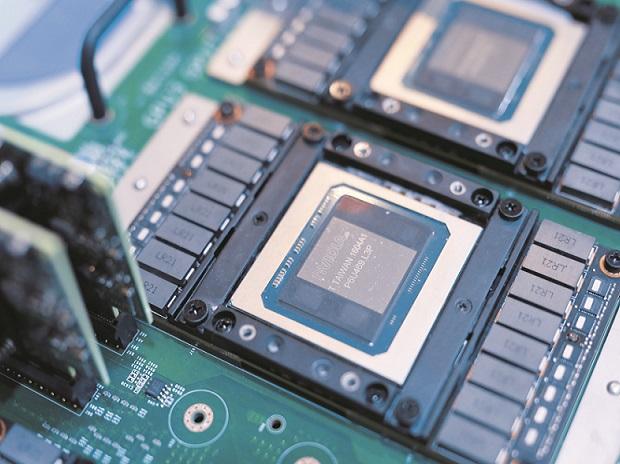By Leah Nylen
Alphabet Inc.’s Google changed its advertising auction formula in 2017, raising prices by 15% and likely making the company billions of dollars in additional revenue, according to an economist testifying for the US Justice Department in the antitrust case against the search giant.
Michael Whinston, a professor of economics at the Massachusetts Institute of Technology, said Friday that Google modified the way it sold text ads via “Project Momiji” – named for the wooden Japanese dolls that have a hidden space for friends to exchange secret messages. The shift sought “to raise the prices against the highest bidder,” Whinston told Judge Amit Mehta in federal court in Washington.
Google’s advertising auctions require the winner to pay only a penny more than the runner-up. In 2016, the company discovered that the runner-up had often bid only 80% of the winner’s offer. To help eliminate that 20% between the runner-up and what the winner was willing to pay, Google gave the second-place bidder a built-in handicap to make their offer more competitive, Whinston said, citing internal emails and sealed testimony by Google finance executive Jerry Dischler earlier in the case.
“It’s really easy to slip into the thought that it’s an auction and an auction is competition,” Whinston said, explaining how Google’s ability to tweak the rules demonstrates its monopoly over online advertising. But “it’s the advertisers who are running in this race. It’s Google setting the rules.”
The Justice Department alleges that Google has illegally maintained a monopoly over online search by paying billions of dollars to web browsers and smartphone manufacturers to ensure it’s the preselected option for users accessing the web. As part of those deals, Google pays Apple Inc., Samsung Electronics Co. and others a share of the revenue it earns from search advertising.
About two-thirds, more than 60%, of Google’s total revenue comes from search ads, Dischler said previously, amounting to more than $100 billion in 2020. Every year since 2012, the company’s search ad revenue growth has been in the “high teens,” according to documents shown by the Justice Department.
Dischler testified on Sept. 19 that Google sometimes tweaked its advertising auctions to ensure it met revenue targets, but most of his testimony occurred in a sealed session. Whinston’s comments Friday described Google’s technique, called “squashing,” that seeks to make the runner-up’s bid more competitive. Google estimated that technique along with charging more for ads that used more words in their text would increase revenues by 15%.
“Google has not been transparent about what they are doing” with pricing, Whinston said. But advertisers “do have ways of finding out even if they don’t know exactly what Google is doing.”
Note:- (Not all news on the site expresses the point of view of the site, but we transmit this news automatically and translate it through programmatic technology on the site and not from a human editor. The content is auto-generated from a syndicated feed.))



